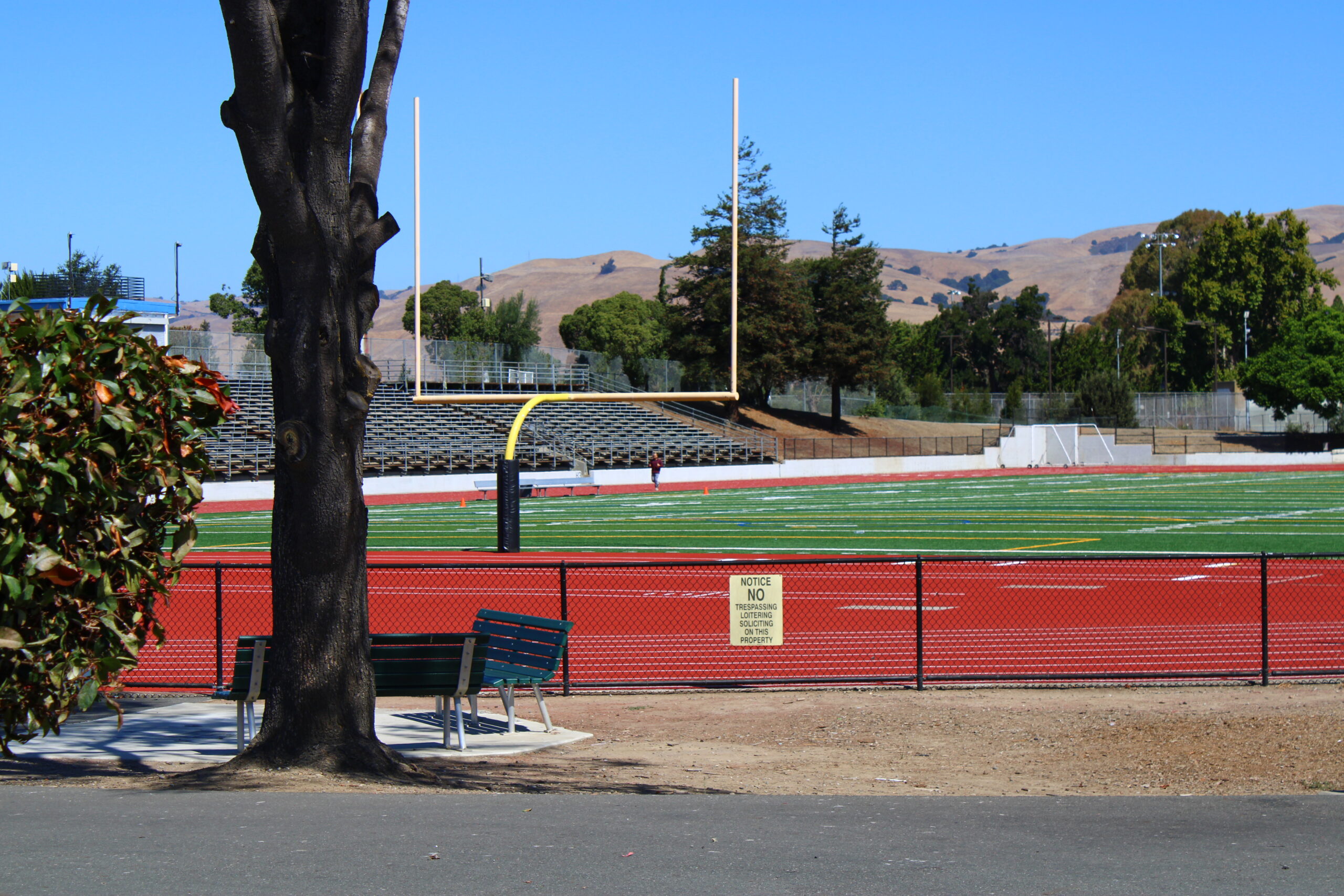On Friday, September 6, during the Huskies’ first home game against the Arroyo Dons, varsity backup quarterback and safety Bryan Bullock sustained a scary injury during halftime. The second half was delayed while an ambulance came and carted Bullock off of the field. Bullock was driven to the hospital and has fully recovered since the incident, but is yet to play again.
Sadly, this was not an isolated incident. Recently, a high school football player in Alabama died after suffering a brain injury. This injury happened after he tried to make a tackle. He was rushed to the hospital and later passed away. In the NFL, Tua Tagovailoa, quarterback of the Miami Dolphins, suffered a major hit against a loss on Thursday to the Buffalo Bills. Tua struggled to get up after the hit, and the Dolphins had to help him off the field. The media, sports experts, and doctors have recommended that Tua retire early, seeing that he has suffered multiple head injuries starting in college at the University of Alabama. These injuries have led to questions about whether football, especially for younger athletes, is really safe.
We asked JV quarterback Joseph Mirabal how he felt seeing these injuries. “I saw it on the news with my mom a couple days ago,” he said. “It’s just crazy, because you know, it’s not [just] NFL football, it’s high school football.” Mirabal intends to do all he can to prevent these types of injuries. When playing tackle football, you must know how to tackle properly. When tackling, there is a crucial rule that a player must learn: never lean to make a tackle with your head down. When you try to make a tackle with your head down, this can lead to spine-related injuries such as paralysis. That’s why players are taught to tackle with their heads up.
Though football is fun to play and to watch, it carries the risk of injuries that can have long term consequences. On the field, one wrong move can leave you paralyzed. With that in mind, medical experts have been working to create counter measures to try to prevent at least some of these injuries. For example, a guardian cap adds an extra layer of padding over the already fairly safe helmet, and is highly recommended to resist concussions or other head related injuries. Some NFL players have chosen to wear it during offseason open practice, or in actual games. However, most players choose to not wear the guardian cap, thinking the helmet is already pretty reinforced.
We asked Mr. Cho, a science teacher at Washington High, about the dangers of playing tackle football, and of sports in general. “It’s high risk, high reward, right?” he says. “It’s really risky in terms of the head injuries happening all the time in sports, especially in football. And so that is a problem especially with high school students and concussions, things like that. But I’d say that if you are dedicated to the sport and it’s your passion, that probably should trump [the concerns] sometimes.” Mr. Cho recommends that if you play football and you’re good at it, that you stick with it but he also acknowledges the risks and injuries it can expose you to.
Makoa has lived in Fremont for all his life. He is going into his second year of journalism and will be the section editor for sports and health articles. He is also the video editor for the Hatchet’s online publications. Currently Makoa is on the varsity football team, and will be participating in basketball during the winter. He also likes to listen to music and edit pictures/videos for his youtube/instagram. He plans to attend Juco and then transfer to UH Manoa or San Jose State.


